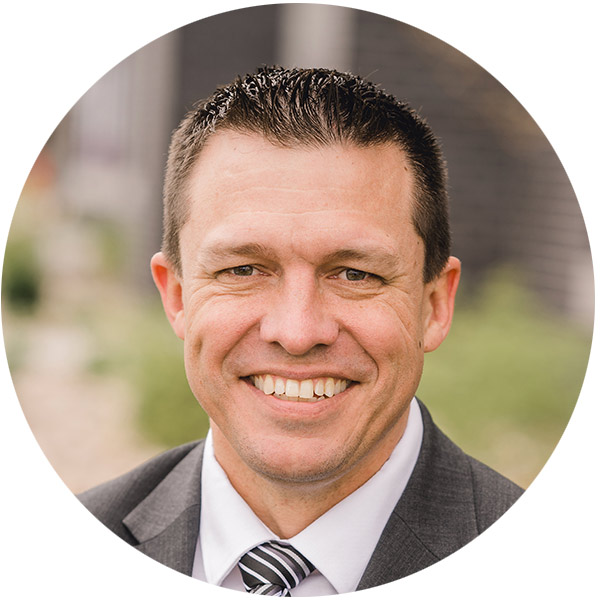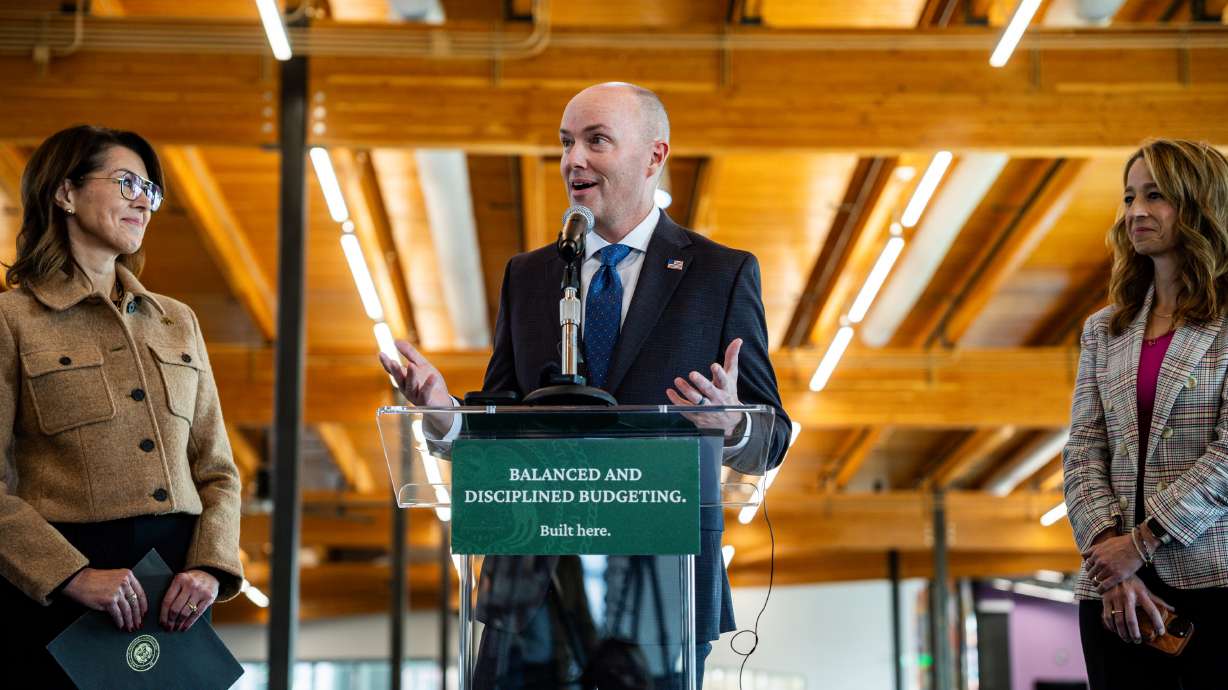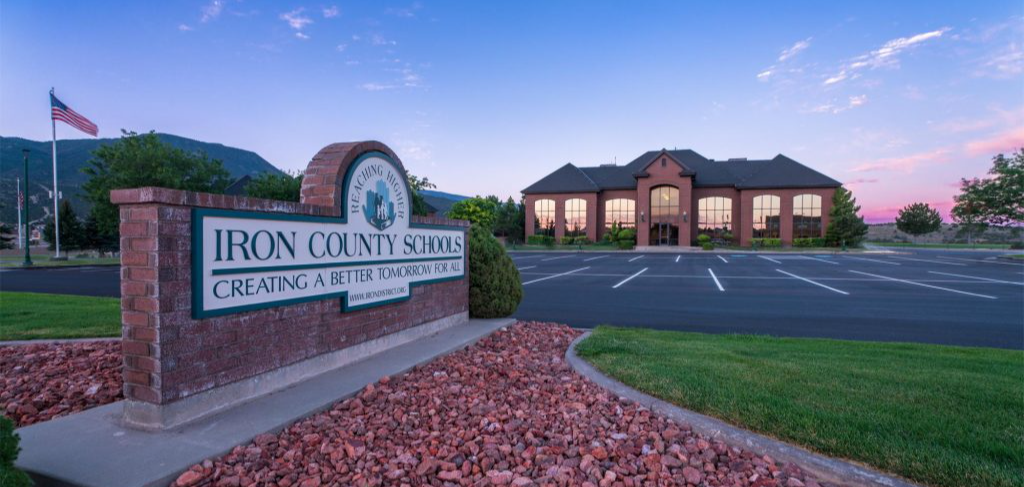“Education reform? Bah! Humbug!” Scrooge grumbled. “The system is fine as it is—rows of desks, rules, and rigid schedules. Good enough for me, good enough for them.”
But the fire dimmed, the shadows lengthened, and suddenly, the air grew still.
A voice—soft, yet commanding—spoke.
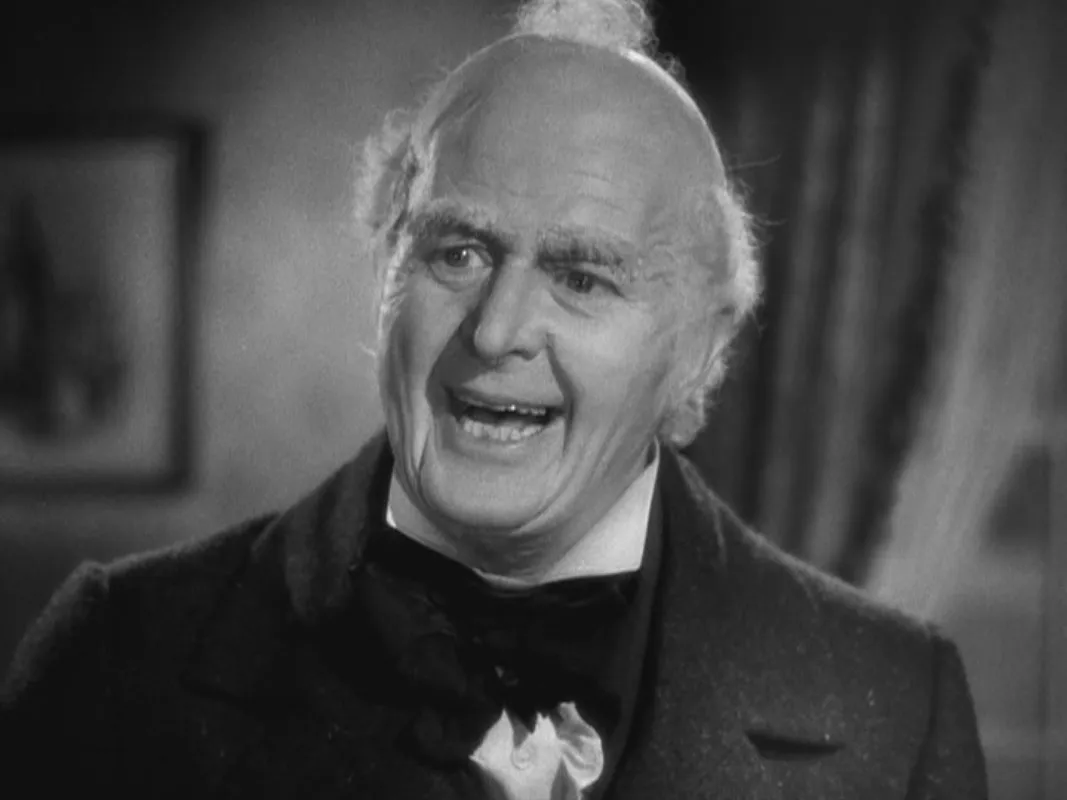
Education Ghost of Christmas Past
“Come, Scrooge. You have much to learn.”
The Ghost of Education Past emerged, shimmering like a memory. It took Scrooge’s trembling hand, and together they floated through time, arriving at a familiar schoolhouse.
Rows of desks stretched in endless lines. Children sat stiffly, hands folded, repeating facts by rote.
“This is tradition,” said the ghost, its voice echoing softly. “Unchanging. Unquestioned.”
Scrooge peered closer and saw himself as a boy, head bowed, dreading every moment.
“Bah! Discipline builds character,” Scrooge scoffed.
“Did it?” asked the ghost.
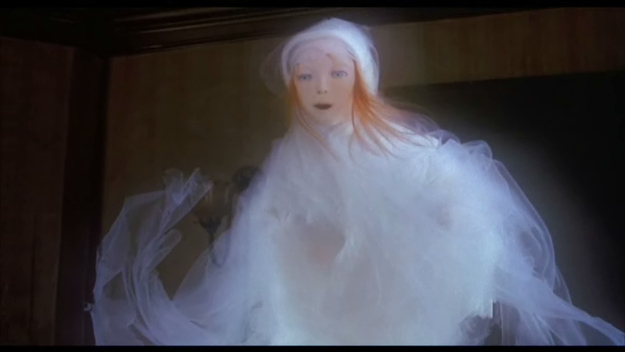
The scene shifted. Scrooge watched a girl who loved to draw being told to put her pencils away. A boy who excelled at math yawned through yet another review of things he already knew. Faces—bored, tired, and defeated—surrounded them.
“Why didn’t they thrive?” Scrooge whispered.
“Because one size does not fit all,” replied the ghost. “But you would not see it.”
Education Ghost of Christmas Present
With a flash, Scrooge was alone again. He blinked and gasped as the Ghost of Education Present appeared, holding a mirror in one hand.
“Look, Scrooge,” said the ghost. “Look at the system you defend.”
The mirror shimmered, and Scrooge saw classrooms today. Children stared blankly at screens. A mother sat at the kitchen table, sighing over homework her child didn’t understand. A teacher, weary-eyed, struggled to inspire a room full of disengaged students.
The mirror darkened, revealing families walking away from the schoolhouse doors.
“Over a million children have left traditional schools, Scrooge. They search for something better.”
“Better? Like what?” Scrooge demanded.
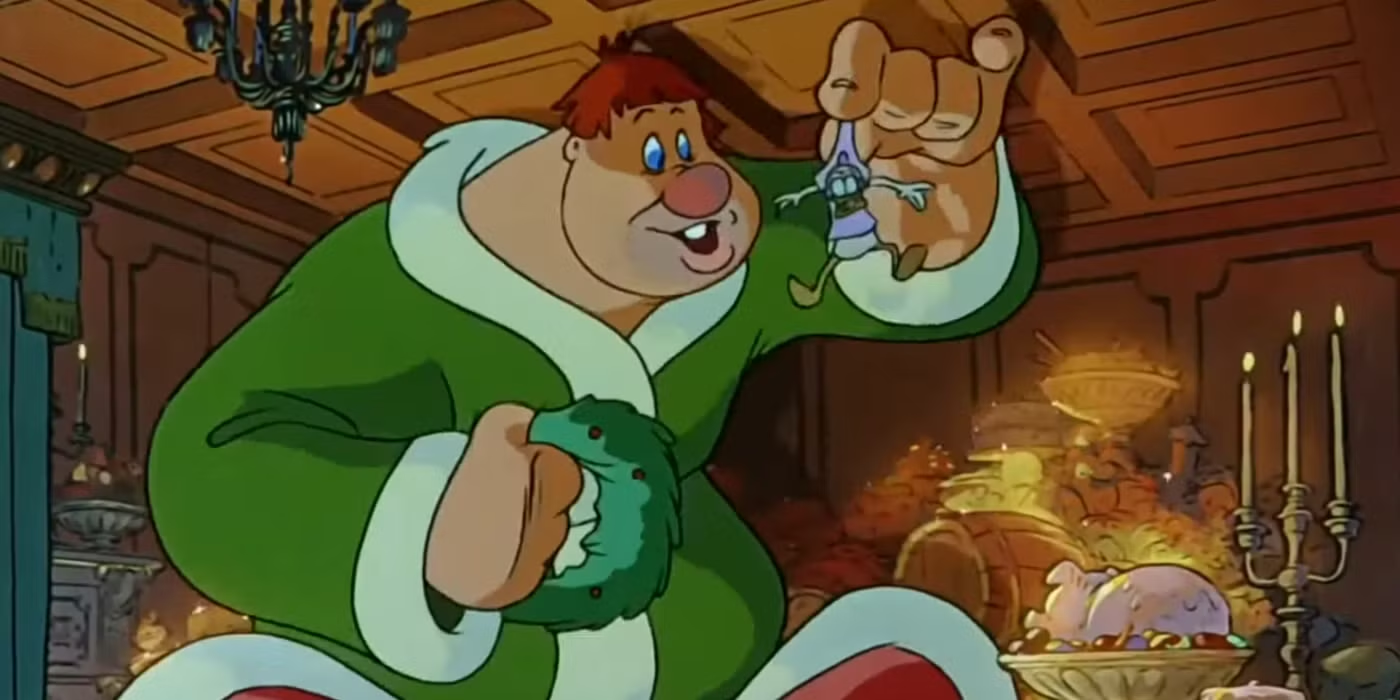
The ghost smiled and waved its hand. Scrooge saw a microschool—small, joyful, alive. Children gathered in circles, working on projects. A girl painted as she learned math through art. A boy built an engine with his hands, learning science through discovery.
“This is a microschool,” the ghost explained. “Flexible. Personalized. A place where learning fits the child, not the other way around.”
“Microschools?” Scrooge’s voice faltered.
“And look here,” the ghost continued. The mirror showed high school students exploring apprenticeships, earning certifications, and thriving. Parents smiled with hope. Businesses welcomed prepared, eager young workers.
“This is what families want,” said the ghost. “Options. Choice. A chance to give their children a better future.”
Scrooge’s eyes softened. “But… the system—it’s tradition.”
“Tradition without change is stagnation,” the ghost said firmly. “Look around you. The cracks are widening. Will you ignore them?”
Education Ghost of Christmas Future
A chill filled the air as the Ghost of Education Future arrived. Scrooge trembled.
“This is what awaits,” said the final ghost, pointing toward the shadows.
“Some say the future looks bleak,” the Ghost intoned. “Advocates of the old system see a world where public schools fade into irrelevance. They fear classrooms will sit empty, doors will close, and students will scatter.”
Scrooge frowned, the weight of their warnings pressing down. “Surely that cannot be the only outcome.”
The Ghost raised its lantern, spilling light into the darkness. What Scrooge saw next took his breath away.
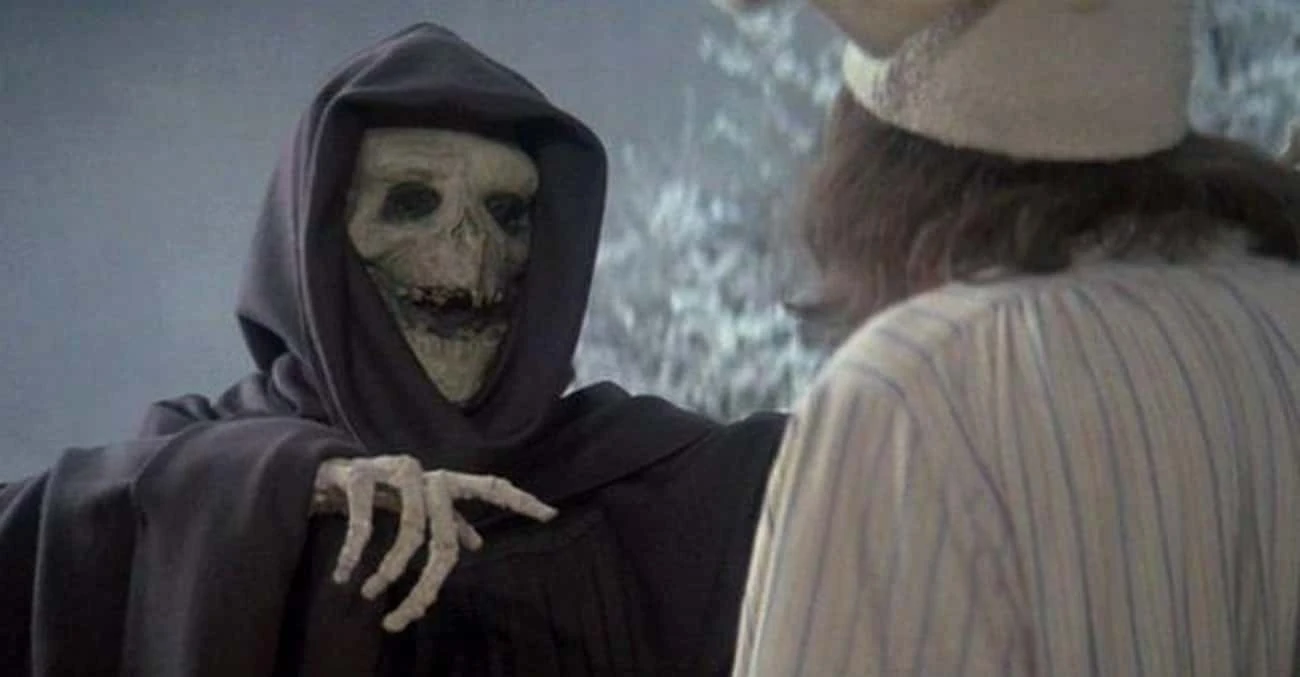
It was not a vision of decline but one of hope—schools alive with purpose, microschools thriving, and children learning in ways he never thought possible. Education savings accounts empowered families to choose personalized paths for their children. Students explored their passions, guided by teachers who had rediscovered their calling.
“This is the future,” the Ghost said. “Not one of despair, but innovation. Not empty classrooms, but communities alive with learning.”
Scrooge’s heart swelled as he read a sign hanging above a vibrant schoolhouse door: “Welcome to a new future.”
“Spirit!” Scrooge cried, the spark of hope rekindled. “Tell me it is not too late! Tell me this future can still be!”
The ghost turned to him, its voice soft but resolute. “Change is coming, Scrooge. The question is, will you embrace it?”
Scrooge awoke with a start, his heart pounding. Sunlight streamed through the window.
“It’s not too late!” he cried, rushing to the window. “The ghosts were right!”
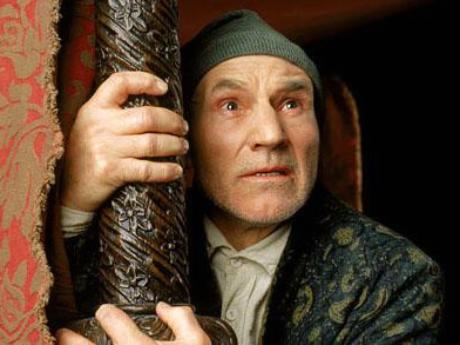
He imagined classrooms alive with curiosity, teachers mentoring with joy, and children discovering their unique strengths.
“Education must change,” Scrooge said, his voice trembling with conviction. “Microschools, apprenticeships, personalized learning—these are the future. Families deserve a choice. A better way!”
He grabbed his coat and hat, ready to spread the message.
No longer would he cling to the past. Scrooge had seen the light—and he vowed to help others see it, too.
The Education Ghosts of Christmas have spoken. Don’t let the past hold us back. The future of education is bright—if only we embrace it.

